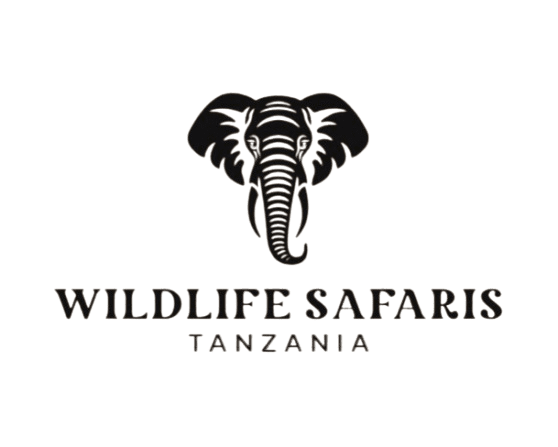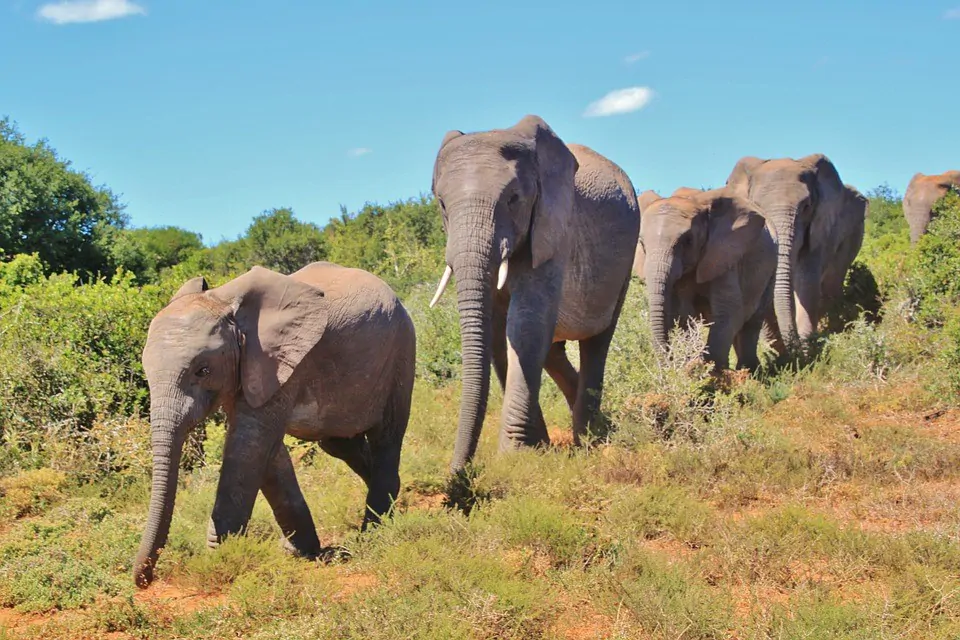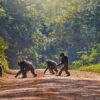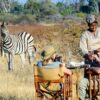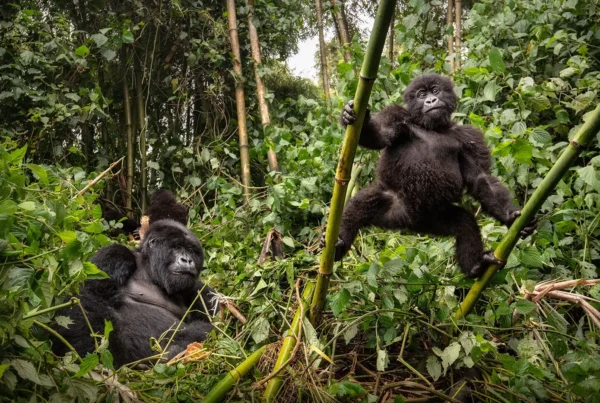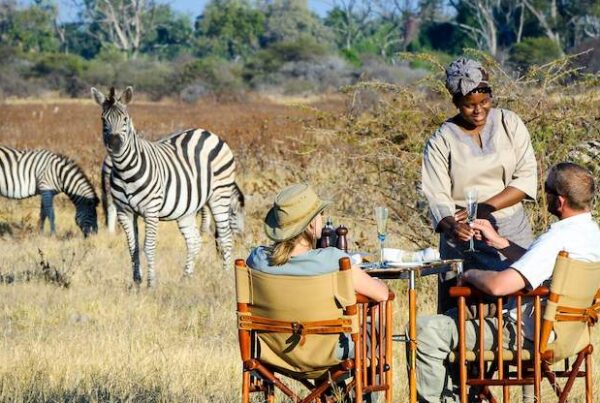Protected Area of Tarangire
The Northern Circuit also includes the enticing Tarangire. Tarangire, like Serengeti and Ngorongoro, can be reached from Arusha; however, it is somewhat closer. Because of its close proximity to Arusha—just one hour and twenty minutes away—it is an ideal choice for day-trippers and those with short stays in the nation. Kuro Airstrip is inside the park, so you may fly there if you want a quicker alternative. Game drives, bird viewing, nature walks, cultural excursions, night game drives, and Tarangire hot air balloon safaris are just a few of the many things to do in Tarangire.
When is Tarangire National Park at its most Beautiful?
Do you share my curiosity about the best time to organize your trip to Tarangire? If so, I am well-equipped to answer any and all of your questions. During the dry season, which typically lasts from June to October, Tarangire National Park is at its most beautiful. Since animals congregate around the Tarangire River during this time, seeing the big five—elephants, giraffes, lions—is as easy as pie. That’s why it’s called the finest time to go wildlife viewing. Even though it’s desert, you won’t forget the abundance of species there.
However, from November through May, we have the wet season. During this time of year, the park becomes a verdant haven. Since more than 550 bird species, including migrating birds, are linked with Tarangire during this season, it is the ideal time for bird viewing safaris. Fewer people mean a more personal experience during the rainy season, which is only one of the many benefits. No matter the season, Tarangire never fails to captivate visitors in search of breathtaking wildlife encounters or those just captivated by the beauty of its landscape.
The most diversified flora, plants, and animals may be found in Tarangire, a vast area of 2,850 square kilometers (1,100 square miles). Notable attractions include the world’s greatest elephant population and baobab trees.
The park’s expansive grasslands and woods are home to big herds of elephants. It is well-known that these enormous creatures remain in groups tied to the lineage of a single dominant female. In Tarangire, they somehow congregate in larger groups, providing an ideal setting for photographs. They demonstrate a high level of big-brain intelligence through their amiability, tool usage, acute sense of smell, and memory for human faces.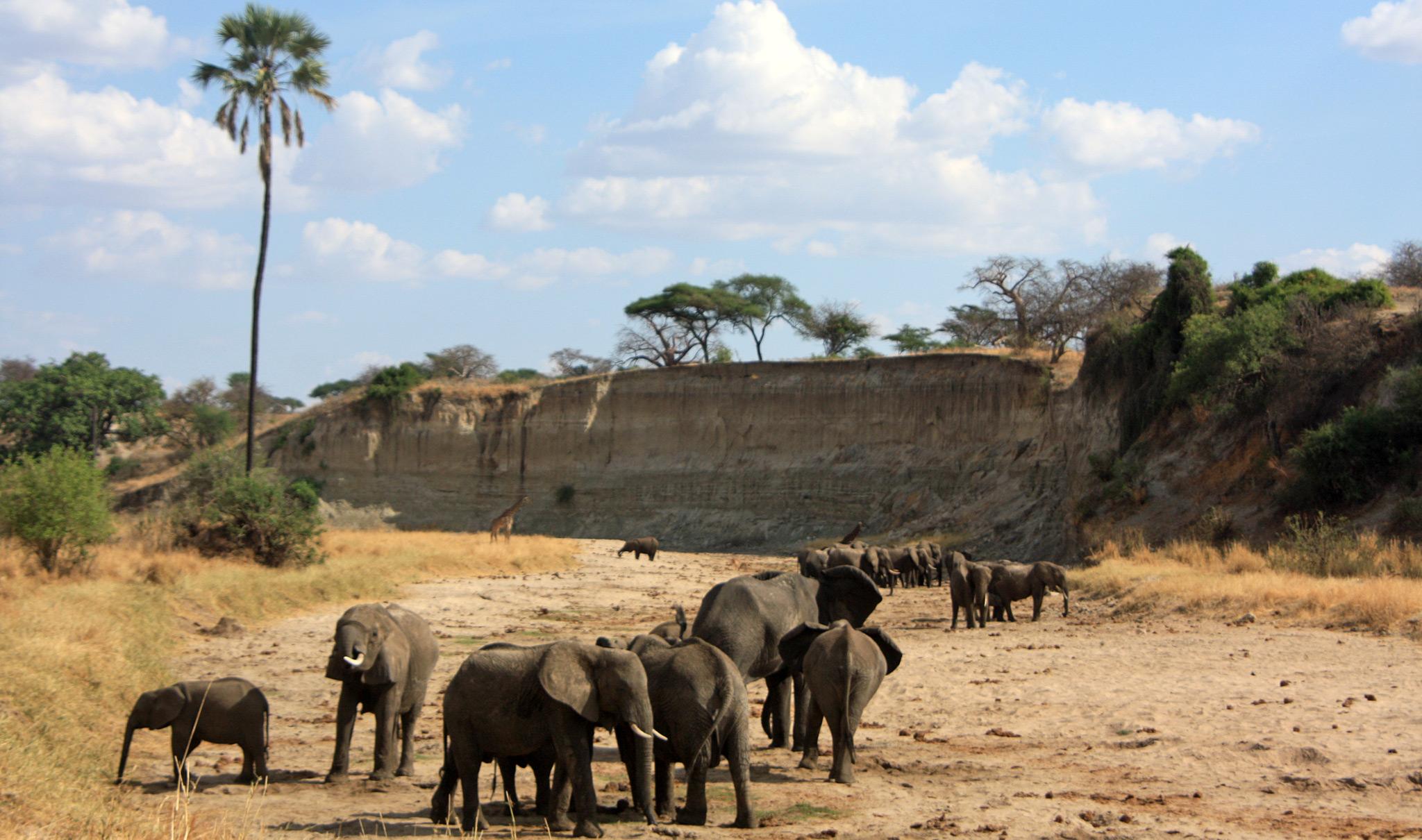
The Tarangire plains and forests are dotted with the towering baobab trees, which are known as the trees of life. The locals hold some in high regard, and they often play home to spiritual services. The Tarangire is home to an abundance of baobab trees. They cover a large portion of the park. Their moniker, “trees of life,” comes from the fact that they bear delicious fruit even when the weather is dry.
Communities and cultural importance
For the indigenous Maasai and other inhabitants of Tarangire, the baobab trees are much more than just trees; they are symbols of profound cultural importance. Baobabs are sacred to the local Maasai community because of the water they can hold in their trunks. In times of drought, this becomes an even more important resource. A number of the park’s trees serve as spiritual sites or as natural shelters, representing the park’s emphasis on adaptability and resilience. Cultural trips to neighboring Maasai settlements are a great way for visitors to Tarangire to immerse themselves in the local culture.
Discover a world of traditional arts and crafts, dances, conservation initiatives, and more at this park-related educational event. These locals benefit from tourism to Tarangire National Park because park fees go toward community programs that will keep the park and its animals there for the long haul.
Animals in Tarangire rely on the Tarangire River, which provides a vital lifeline. From above, on a balloon safari, it’s a spectacular sight. Giraffes, elephants, buffalo, and lions are among the many creatures that rely on it for water during the dry season. Thanks to this, seeing animals is a breeze. Along this river you may see crocodiles, hippos, and a plethora of river birds.
At least four creatures have a shot at becoming Big Five members. Not to mention the high probability of seeing gazelles, hyenas, giraffes, wildebeests, zebras, cheetahs, etc. Because of this, you won’t be able to see Tarangire’s more diverse wildlife on a day excursion. Plus, you may see more than 550 different kinds of birds.
You should think about staying for more than just a day if you want to see all that Tarangire has to offer. This is due to the fact that the park provides a wide variety of safari experiences, such as guided game drives to look for the Big Five, walking safaris to get a feel for the terrain, and balloon safaris to see the Tarangire River and elephant herds from above. Night drives are even offered by certain operators, giving you the chance to see nocturnal species like hyenas and leopards. Tarangire has lodgings to suit any budget. Public campsites provide an inexpensive, immersive experience under the stars, while luxury lodges like Tarangire Safari Lodge offer breathtaking vistas and superb meals. If you want your trip to be truly memorable, consider staying overnight so you can enjoy early morning wildlife drives or stargazing.
